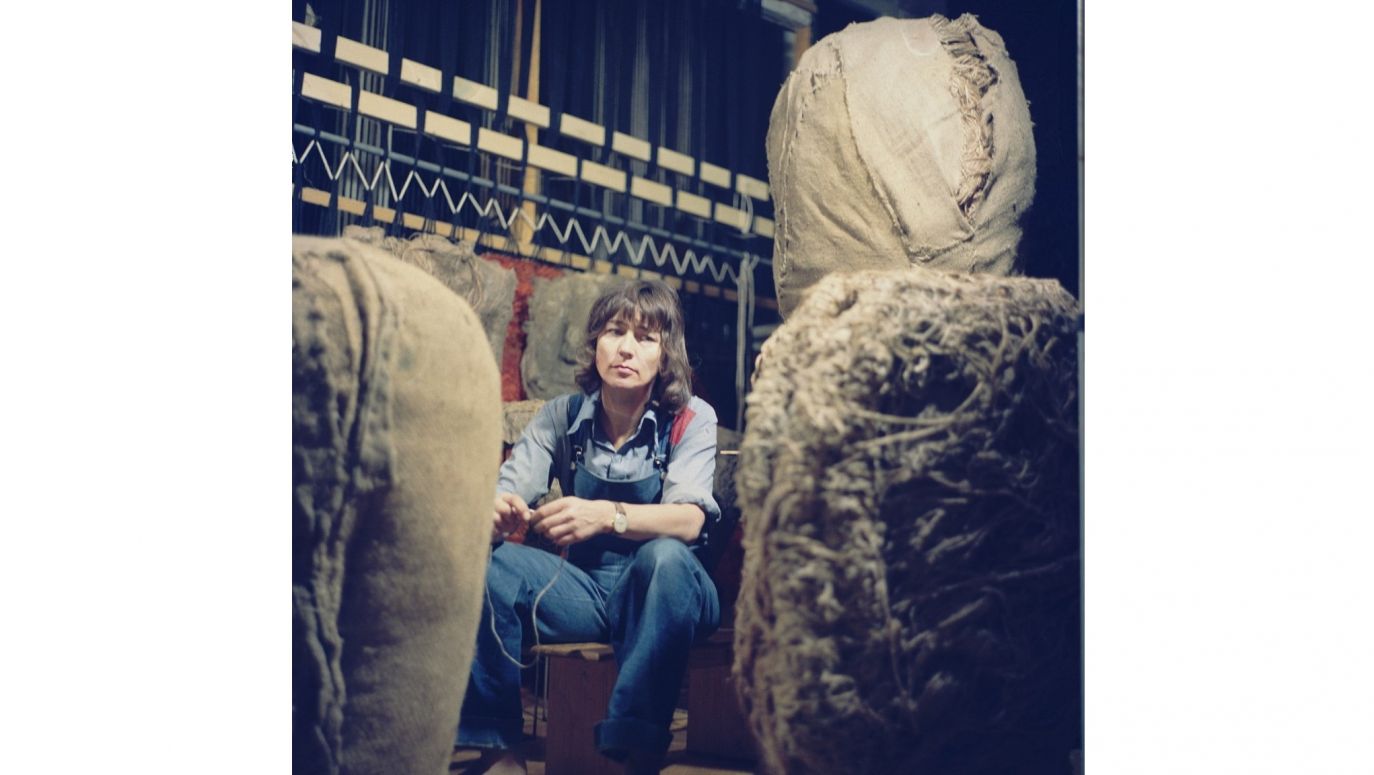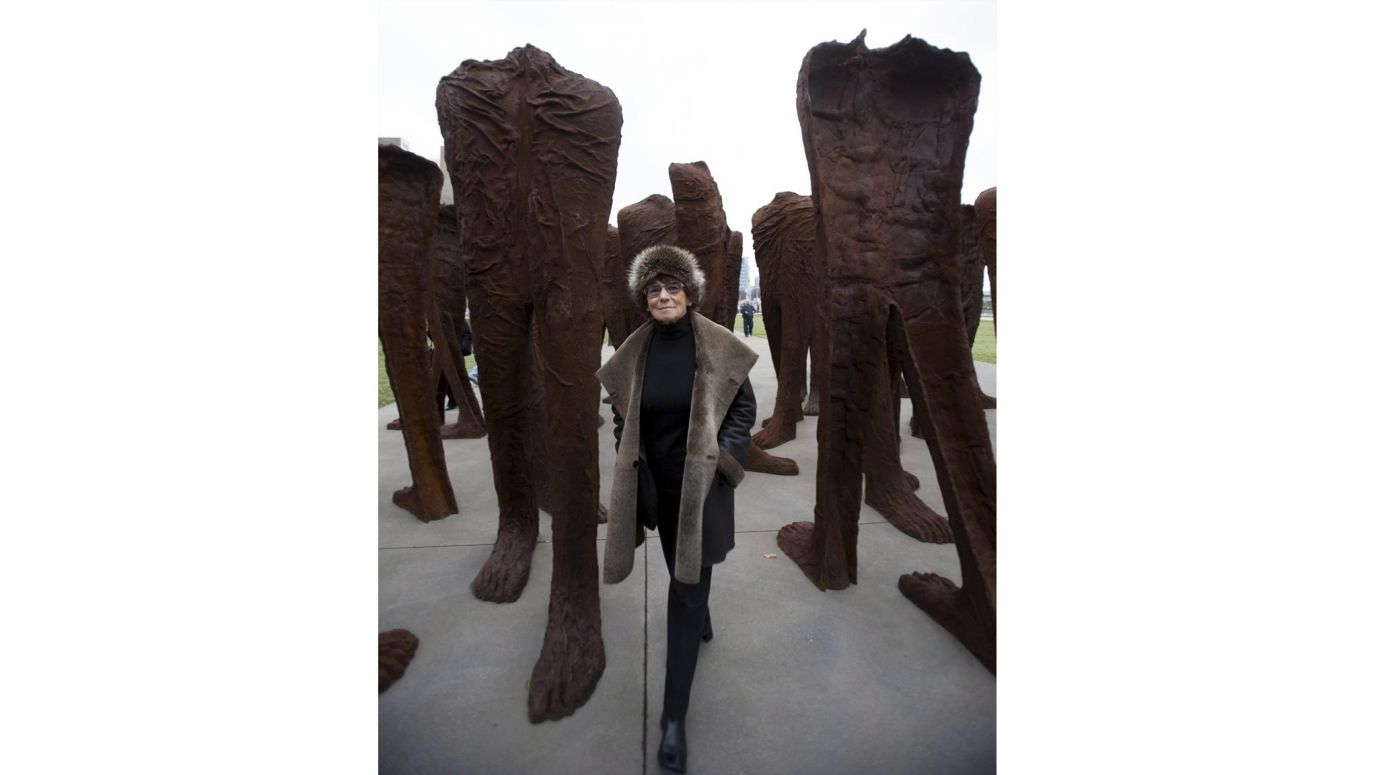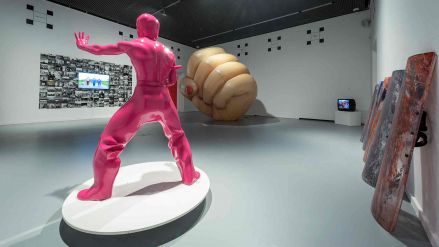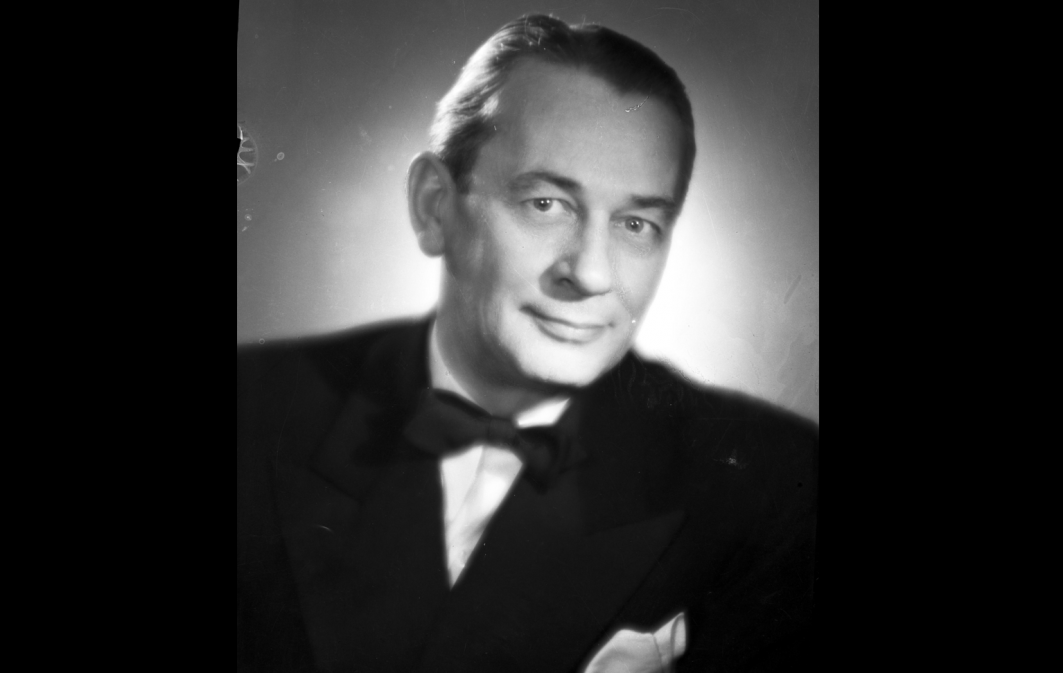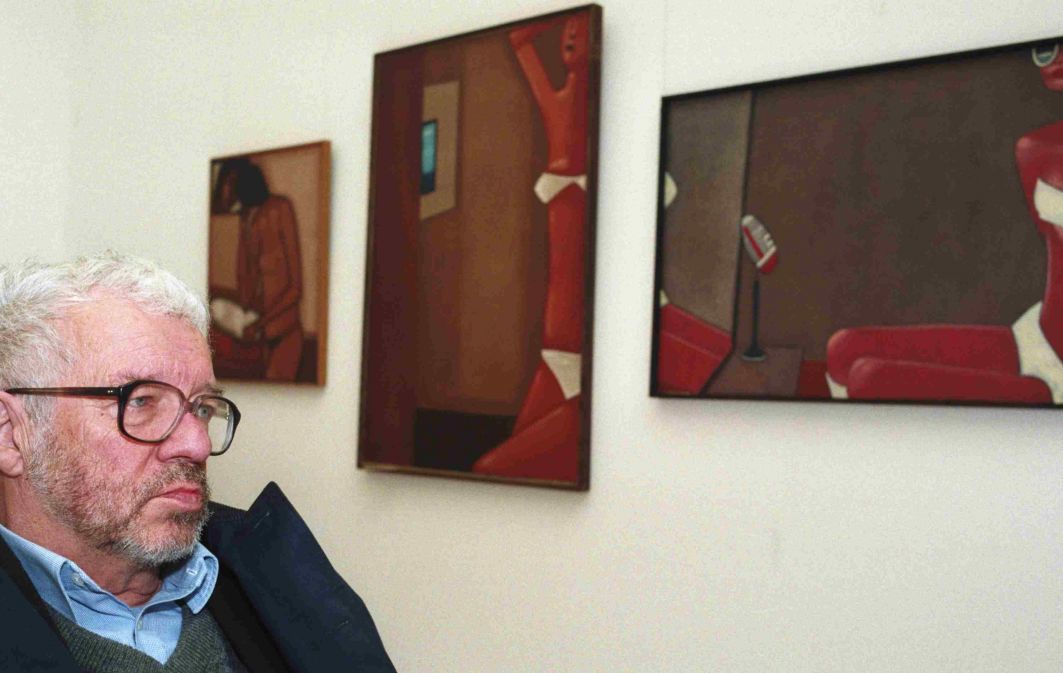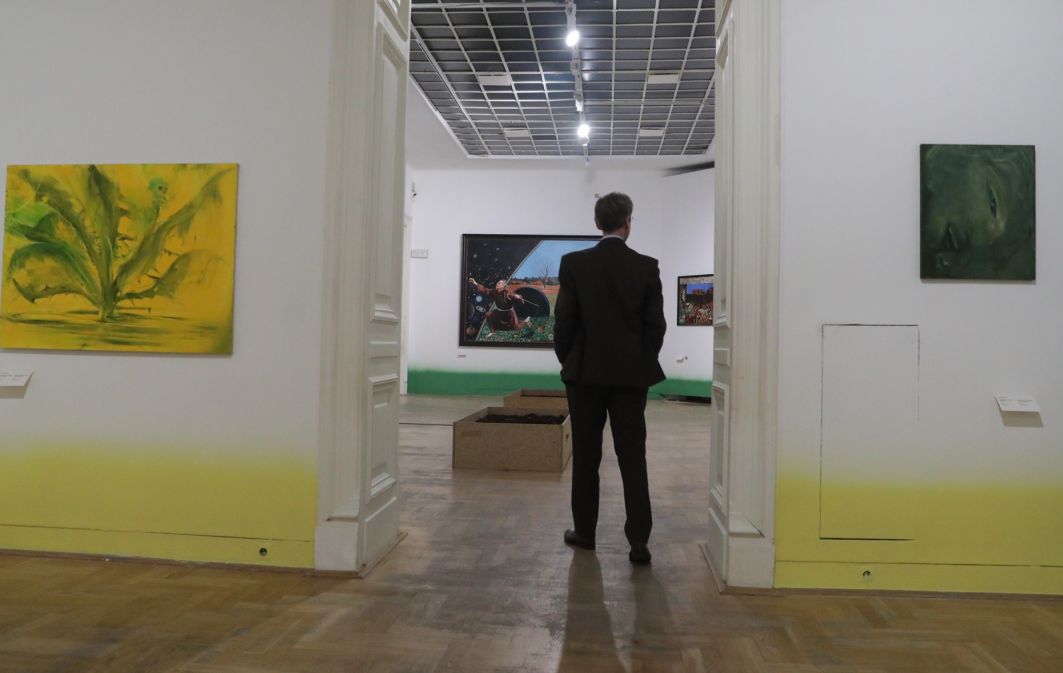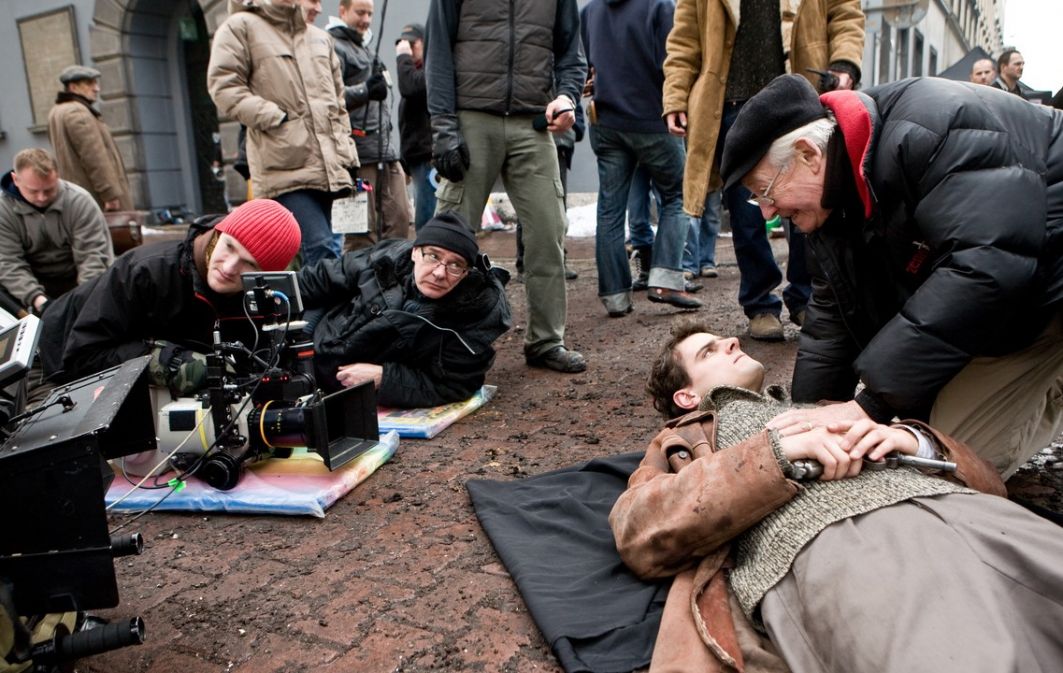"Games..." were created in the late 1980s. It was then when it was believed that Abakanowicz had finally decided to change her country of living and her address. Meanwhile, she ... went to the Masurian Lake District, where she worked on the "War Games". It was there where she saw the great fallen trunks of linden trees lying by the road. She couldn't leave them "to get wasted". She visualised new material in them, an incentive to open a new chapter in her artwork.
 SIGN UP TO OUR PAGE
SIGN UP TO OUR PAGE 
She stayed in the Masurian District for a long time. She removed the bark of the trees and processed the trunks herself, trimmed, slashed, smoothed and occasionally darkened in places. Then she completed it with a hard material - steel clamps, "beaks", hoops or other metal elements. As a result, the wooden – always lying horizontally chunky logs - seem soft, while the steel parts empower the sculptures and make them seem menacing.
Some people see them as metaphors for limbs wounded and massacred by war, saved by amputations, or replaced with prostheses; others sense their fighting potential. Another biographical association again: Abakanowicz's mother was shot in the shoulder during the war. Are these retrospections?
As you know, the artist was born in the town of Falenty, near Warsaw. Her former house could have become a local attraction if the legacy and the exhibits had been taken care of, but above all, if the renovations were carried out. The building is currently in danger of demolition. The Abakanowicz family house in Falenty is actually the object of a battle - but before it is settled, let's give the floor to its minor (then) resident.
She was nine years old "when the world has heard about her" - though the world would have been better off - if it hadn’t ...
This is how she remembered it: “I was nine years old. It was autumn. On the road that went from the mill to the alder alley, along the very edge of the park, there were German tanks. We stood on the terrace, looking surprised. They also watched, leaning out as if on parade. I saw them for the first time, their faces, their uniforms. I couldn't hate. I didn't believe it. I didn't understand why they would hate the four of us standing on the terrace. They fired, apparently aiming deliberately at the wall.
Then she recalled her experiences from her studies in the era of Stalinism:
A person is shaped by the first ten years of life. I spent that time in splendid solitude. When I found myself among my peers, after the Warsaw Uprising,
I didn't know any group games - dodgeball, for example - and I needed help finding myself in a group. I was terribly shy. Each peer was a colossal problem for me, which I tried to figure out. This experience stays forever. From the time of my studies, I remember the fear of talking about myself, about the family's past. I lived in a dormitory, in a sixteen-person bunk-bed room. It was hard to hide anything there. Yet, we knew nothing about each other. Finally, after forty years, I met my roommate and only then did it turn out that we both had similar experiences - we were children of landowners’ families.
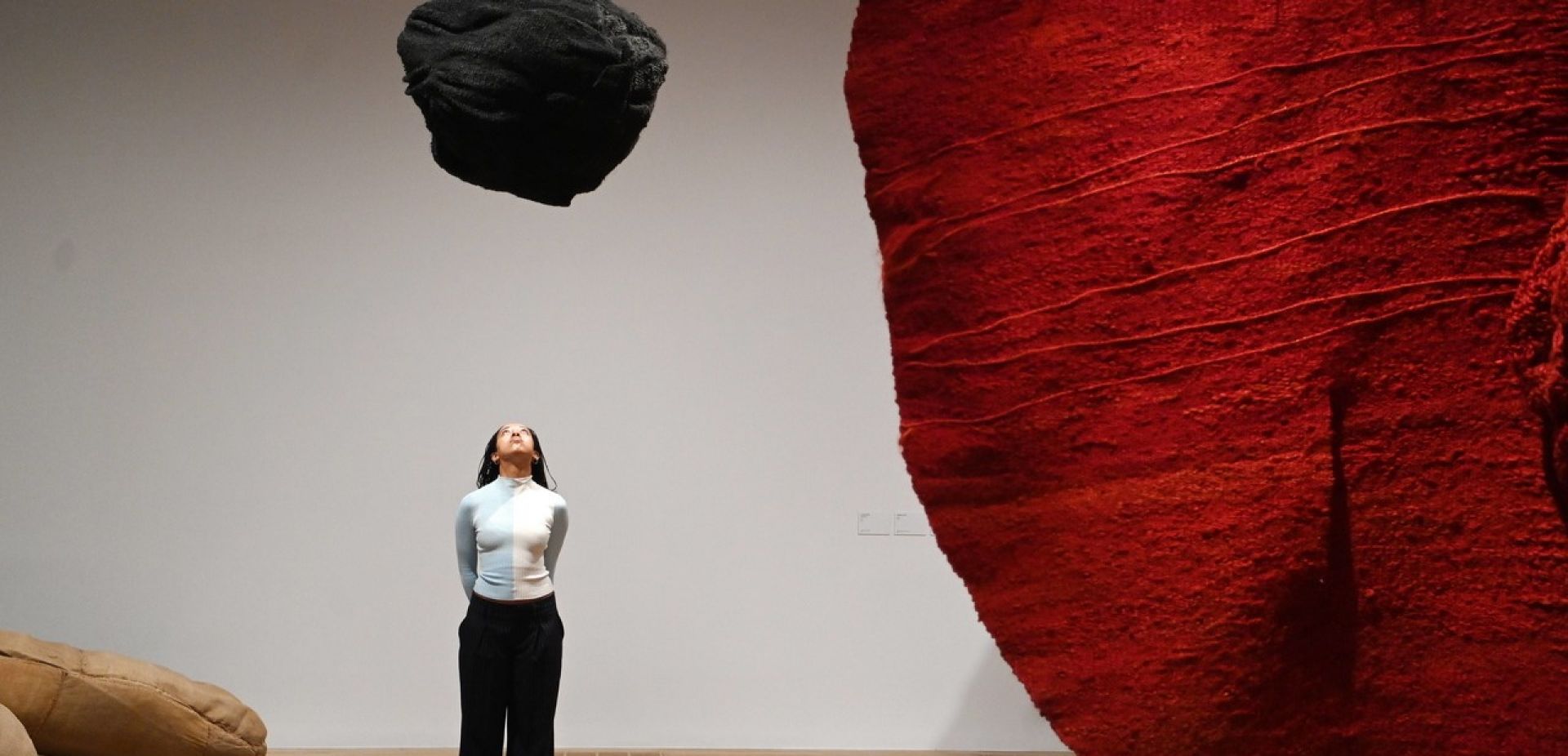
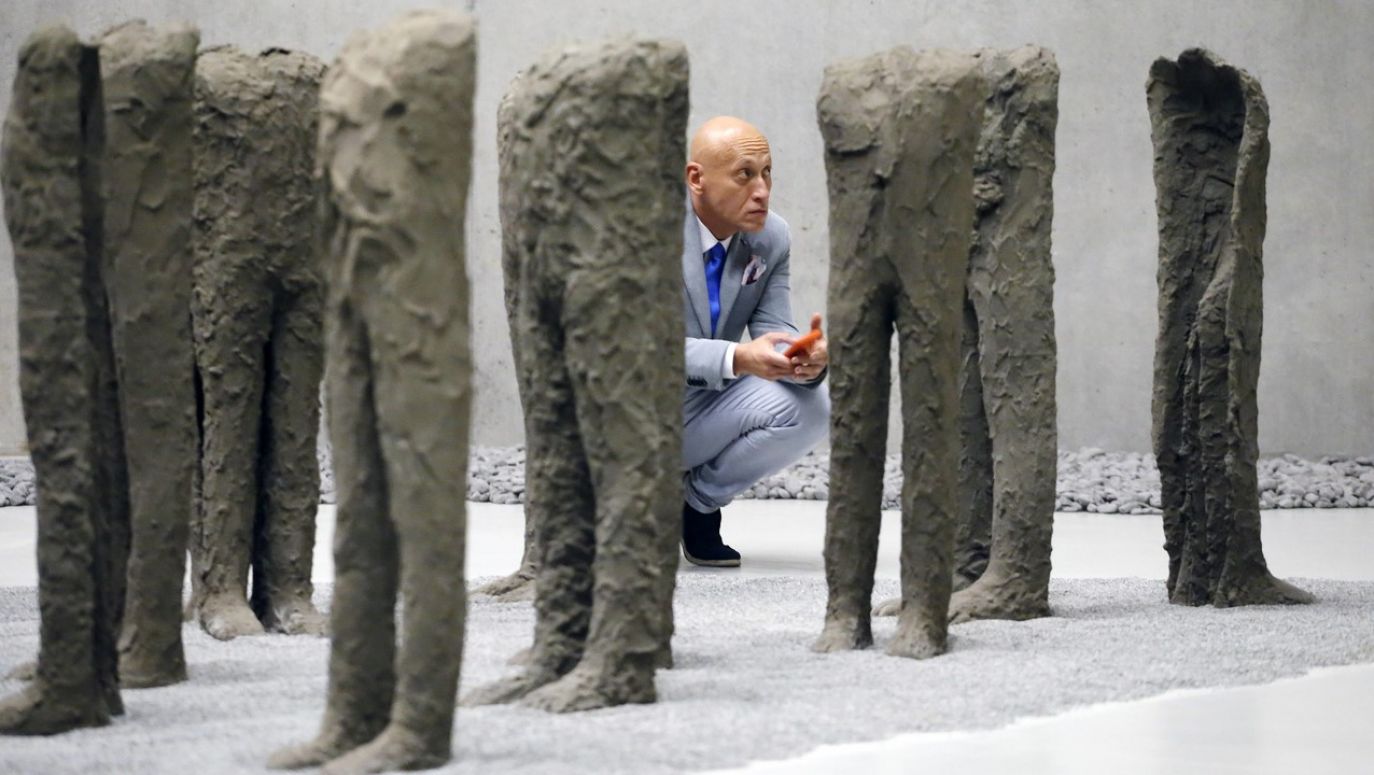
 SIGN UP TO OUR PAGE
SIGN UP TO OUR PAGE 
